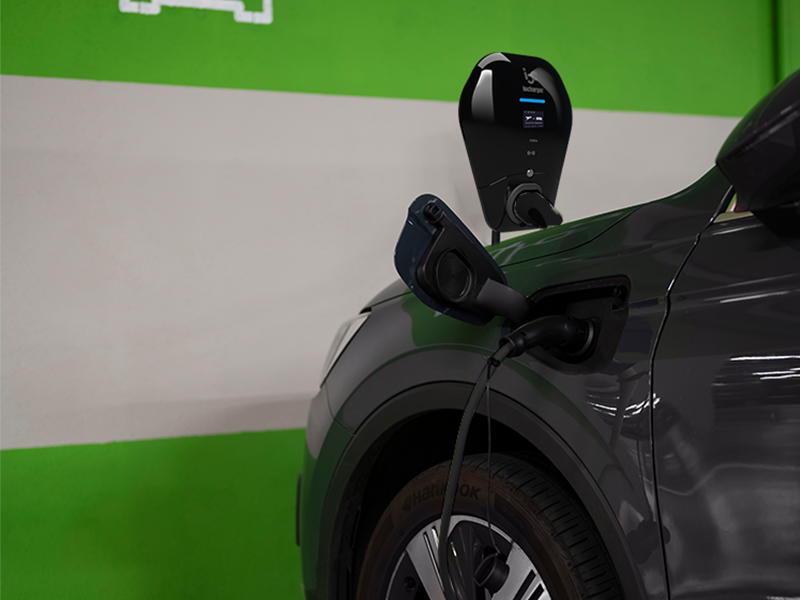
The village of Colonie in Albany County, New York, installed its first electric vehicle (EV) charging station in 2013. Since then, EV usage has risen significantly in Colonie and across the country, leading to an increased demand for more EV charging stations.
However, a complex web of regulations can make it difficult for local governments to support the installation and operation of EV chargers, as rules vary greatly by city and state. Many outdated policies remain in place because policymakers have not revisited them since EVs became more prevalent in the car market.
To simplify the process of implementing EV charging stations, Colonie reached out to the Capital District Transportation Committee, a metropolitan planning organization in upstate New York, for help in determining how its zoning regulations may need to change. The Committee’s senior transportation planner, Jacob Beeman, stated that improved regulations make it easier for developers to “know what they’re getting into.” There are best practices that local governments can follow to support EV charger deployment, for example:
1. Adopting zoning language that clearly defines EV charging requirements
2. Establishing building regulations that require the installation of EV chargers in new developments
3. Creating a consistent and low-cost permitting process for residential and commercial EV charger installations, and standardizing EV parking signage throughout the community.
